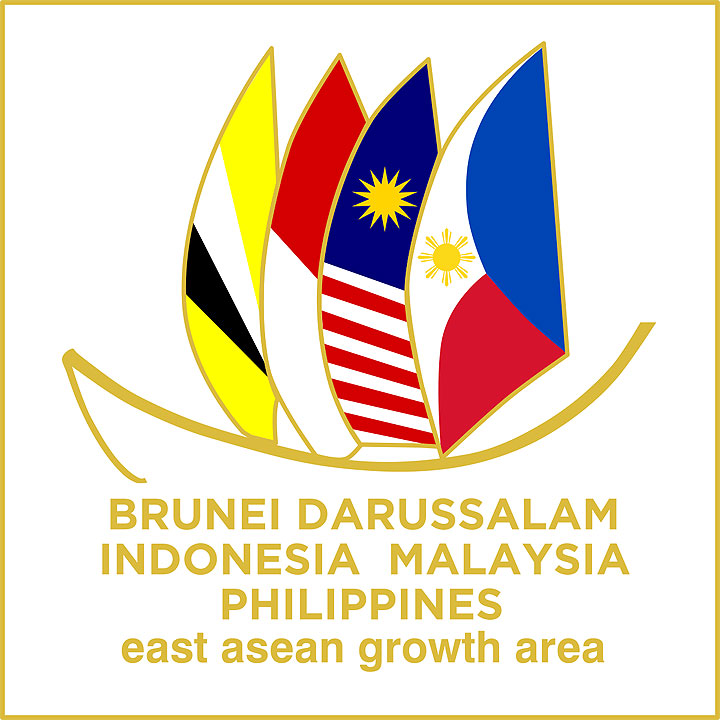THE BANGSAMORO government has set up a team that will focus on coordination with other agencies to give the new autonomous region a broader role in boosting economic ties with the Brunei, Indonesia, Malaysia, Philippines-East ASEAN Growth Area (BIMP-EAGA).
The creation of the BIMP-EAGA Economic Growth Linkages Sub-Committee was approved last week by the Bangsamoro Economic Development Council, a cabinet-level policy making body of the regional government.
Assistant Secretary Romeo M. Montenegro, deputy executive director of the Mindanao Development Authority (MinDA), said an “institutionalized set-up” is needed within the Bangsamoro region “that corresponds to the roles of key national government agencies.”
MinDA serves as the Philippine’s national secretariat for BIMP-EAGA.
Established in 1994, the sub-grouping covers the entire Brunei Darussalam; the Indonesian islands of Kalimantan, Sulawesi, Maluku, as well as Irian Jaya, the Indonesian portion of the island of New Guinea; the Malaysian states of Sabah and Sarawak and territory of Labuan; and Mindanao and Palawan in the Philippines.
MinDA recently met with the Bangsamoro Autonomous Region in Muslim Mindanao’s (BARMM) ministries on transport, trade and tourism, and agriculture to discuss growth sectors within the Association of Southeast Asian Nations (ASEAN) sub-grouping.
BARMM’s island provinces of Tawi-Tawi, Sulu, and Basilan are geographically closest to the country’s EAGA neighbors.
At the 24th BIMP-EAGA Ministerial Meeting held in October last year, officials said projects and programs intended for completion by 2025 were on track.
These include improvements in transport and telecommunications connectivity, agricultural investments and trade, tourism, and education and socio-cultural ties.
As of end-2019, the four member countries have listed 72 priority projects valued at about $23.3 billion, such as air and sea port upgrades and road network improvements.
The $150-million BIMP-EAGA Submarine and Terrestrial (B.E.S.T) Cable Project is also being fast-tracked following delays due to pandemic restrictions, according to the grouping’s facilitation center.
The private sector-led B.E.S.T project is a combination of submarine cables, satellite, and terrestrial facilities that aim to improve connectivity and ensure access in remote areas. — MSJ

